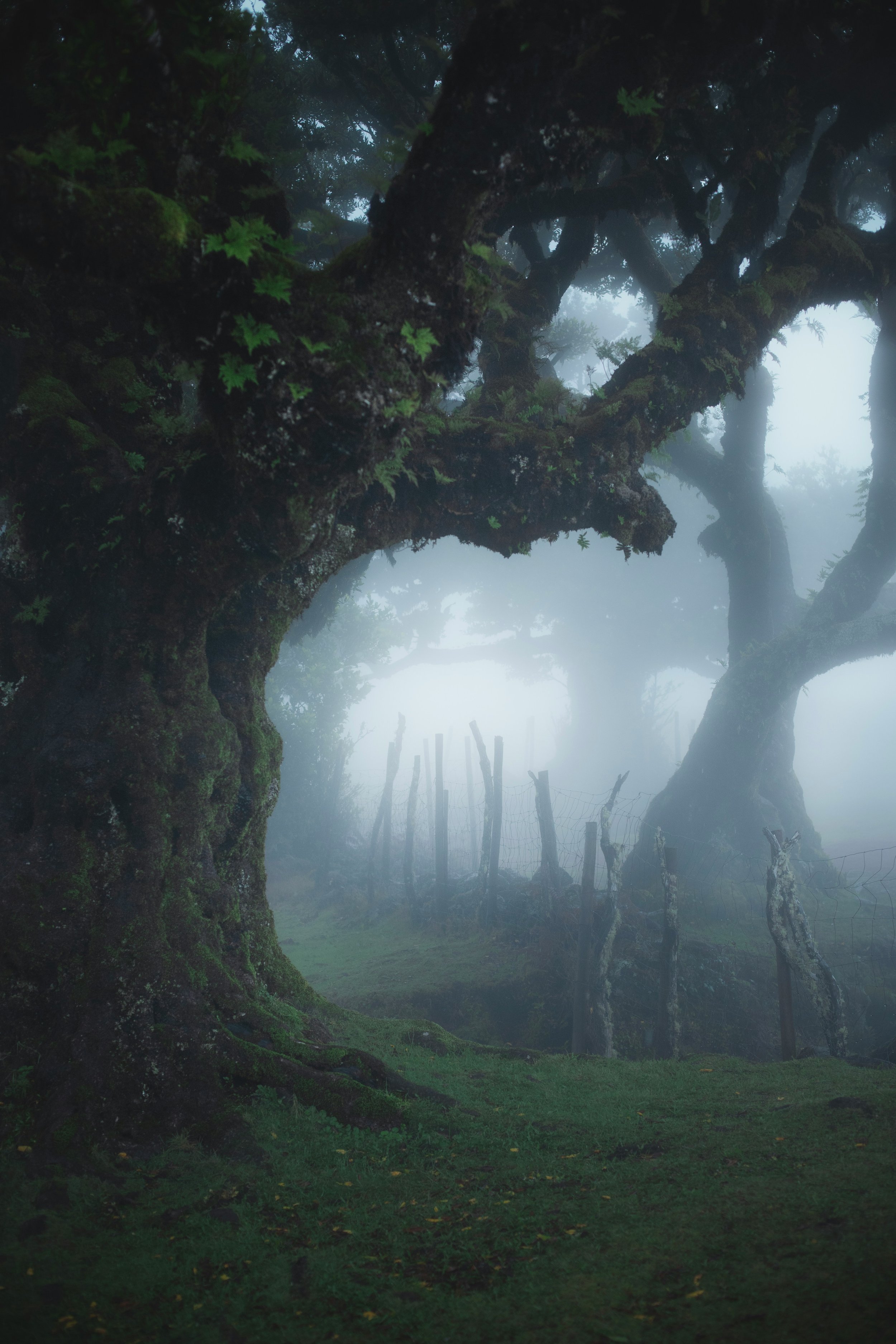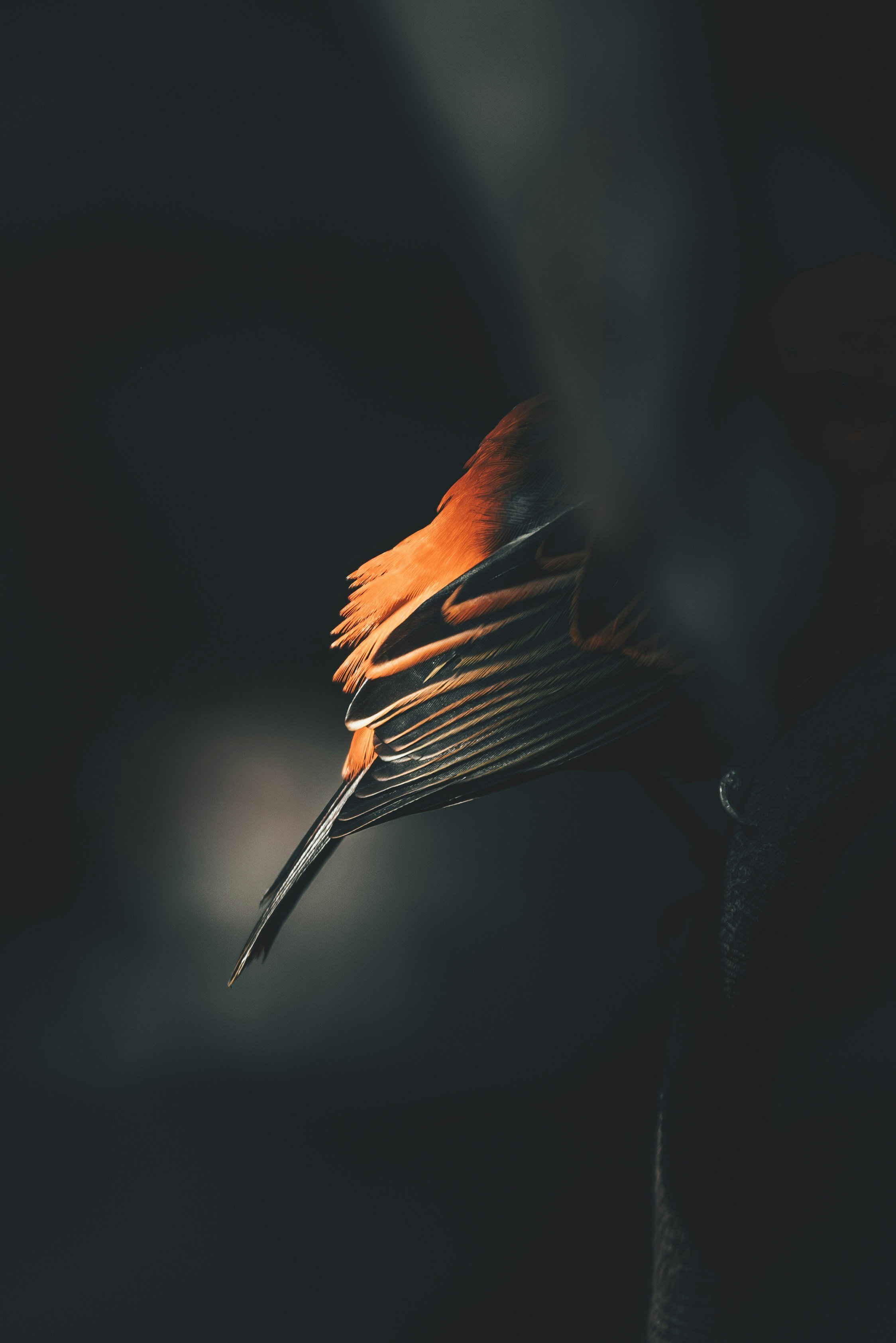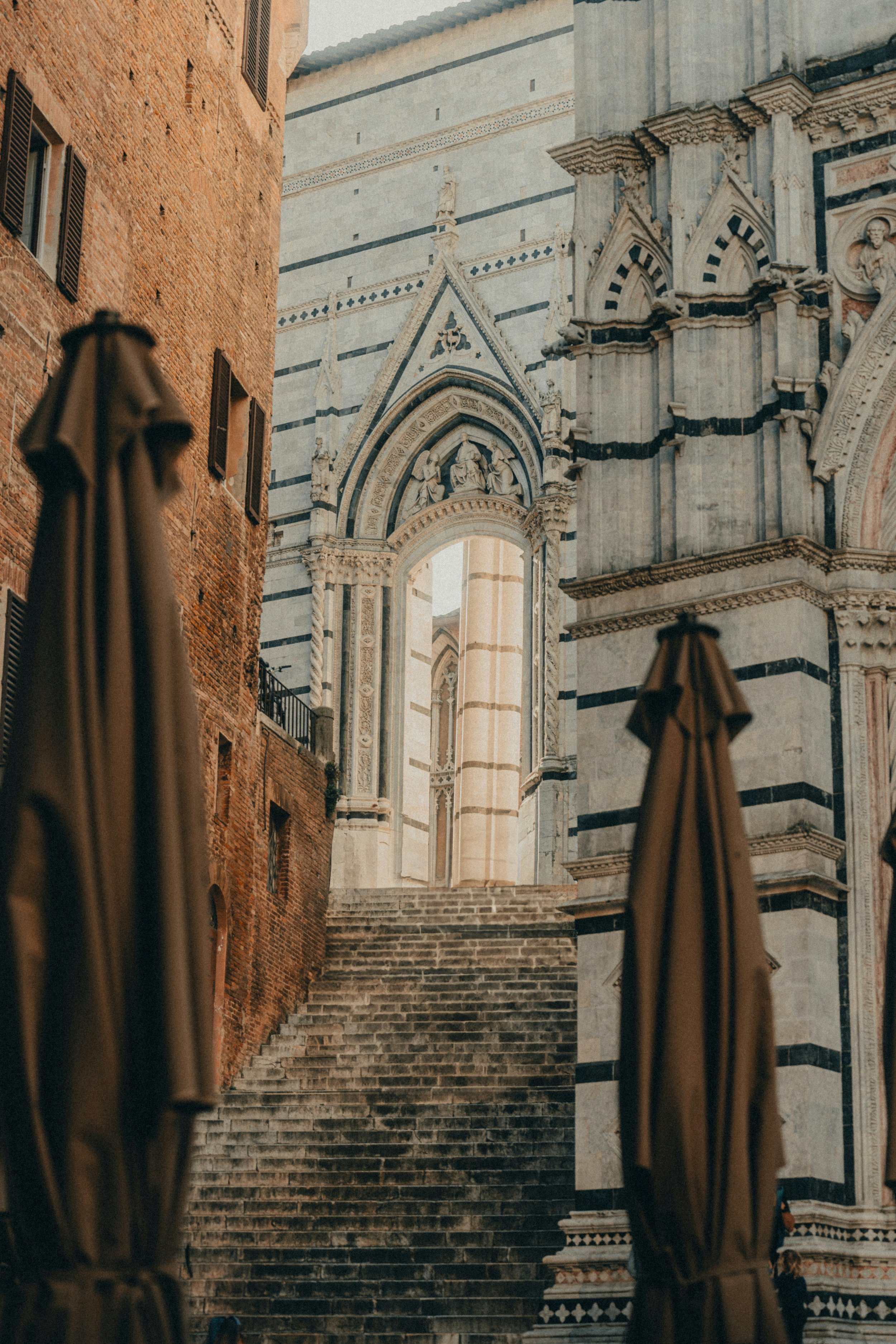A Bird in the Wound

A Bird in the Wound
Julia Bartel
On Reading John Keats After Grad School
The summer I finished my master’s degree was, well, kind of a cruel summer. If devils roll the dice in Swift’s song of the same name, I could hear the dice clattering around in the fingers of said devils during mine. I was applying for post-grad school jobs and must have sent out forty-something applications. I went through a heartbreak and spent two weeks crying about it. I was so anxious about my master’s dissertation that I would jolt out of sleep in a sheer panic. At one point I stopped eating or sleeping and triggered a migraine attack that swallowed four whole days. And at the end of it, ahead of me, lay the yawning darkness of what would come after finishing the degree altogether.
My dissertation was on a theodicy of nature as I saw it in English Romantic poetry, especially that of John Keats, whose sparkling poems had always captivated me. He felt like my friend that summer. Instead of enjoying the balmy Scottish sunshine as I should have, I spent my days making a dreary pilgrimage to the second floor of the deserted student library and, through Keats’s poetry, pondered my mortality instead.
Keats’s work is fixated on the topic of death. He described his own life as a “posthumous existence.” Perhaps he was referring to the living death of surviving his whole family: his father died in a riding accident when he was ten. His mother died of tuberculosis, then his brother. Keats would die of it, too.
It struck me one day, sitting there at my corner desk corral, beset by anxiety about my life, that people really die. I, age twenty-five, thought about that young man, also twenty-five, coming home from a London theatre performance on a February night. Feeling feverish, he coughed into his pillow. His medical background told him all he needed to know about the blood he saw there.
I thought about him travelling to Rome in hopes of escaping the English winter air, which was getting harder on his consumptive lungs, while his friend, painter Joseph Severn, lay bouquets of flowers in the carriage alongside his ailing friend, as if to beautify an ugly reality. I thought about him one night, days or weeks before he died, throwing his dinner out a Roman window and onto the Spanish Steps in some kind of fit: was he heartbroken, or terrified, knowing he was about to die far from his homeland and the fiance he wouldn’t get to marry? Was he angry that death had taken his whole family and now it was taking him, too?
I thought about him never knowing that the poetry of his youth—the stuff mature writers look back on and cringe about—would go on to become a cornerstone of the English poetic canon, the mark of a movement, and that without even living for that long his art left a mark on the world forever. And yeah, I sat in my library corral and sobbed about it.
*
Keats famously wrote that “a thing of beauty is a joy forever.” His poetry is an example of the very truth he wrote, that “some shape of beauty moves away the pall / from our dark spirits.” We’ve all had encounters with art that has done just that. Keats’ work is that for me. And yet, much of what he wrote was inspired by the losses he faced. How did he make beauty out of, or in spite of, or in rebellion against, such pain?
There are so many examples of artists and thinkers whose writing has, as Roxane Gay calls it, “written into the wound,” bringing to light the darkness we face in order to examine and make sense of it. As Christians, however, simply writing into the wound is perhaps a step too short. When we write into the wound, it may be that in doing so we thread shut stitches or apply salve to the places that desperately need it. But it may also be the case that we risk cutting even deeper with the point of our pen. Haruki Murakami wrote that “we cannot simply sit and stare at our wounds forever.”
And yet, the resurrected Christ still bore wounds. In the long Christian tradition, many thinkers and theologians have found, as they wrote of and about and around their pain, that the deeper into their suffering they pushed, the greater and more beautiful Christ seemed. Near the end of his life, St. Francis of Assisi underwent oppressive spiritual attacks while suffering from the stigmata and losing his sight to a painful eye disease. Yet it was in this state that he wrote a soaring hymn, “Canticle of Creatures,” in which all of creation, even “Sister Death” itself, praises the Lord.
Another young writer, St. Therese of Lisieux, wrote so incisively about the smallness and belovedness of her life in the hands of a great God that she would later be recognized as a theological doctor of the church. Like Keats, she died of tuberculosis in her mid-twenties, after a year of misery at the hands of the disease. Yet God’s greatest gift to her soul, she wrote, was that he asked much of it, and found her greatest joy in “suffering for love”.
It’s as if these writers, staring down darkness, cast their pen into the void and saw light bloom there. Alchemy. Magic. How? Why? It makes little sense to me.
And yet in me, there is the same impulse. To write about it anyways. To relieve some of the burden of living by weaving a creative spark of beauty out of it. To do as “Hamilton” recommends and to “write my way out”—not just for the sake of creating, but because in doing so, I might discover the places where Christ has been that I didn’t see before.
*
Keats’s “Ode to a Nightingale,” one of his most famous poems, contains an almost oppressive sense of ennui. The poem’s speaker is weary of a world where “to think is to be full of sorrow.” “My heart aches,” reads the plaintive first line, and his senses are dull, as if he’s already drunk the poison that will end his life. He is “embalmed” in a dark pastoral scene that hints at night’s approach, signifying death in no uncertain terms: “now more than ever it seems rich to die,” he writes. Envisioning the scene from his Hampstead Heath garden, Keats was ruminating on the loss of his brother. He was going to die two years later.
Into this vista comes a nightingale. It seems baffling, to the poem’s speaker, that the nightingale sings so readily, and with such joy, in the “full-throated ease” that consumption stole from Keats’s loved ones. Whether it represents poetry, nature, beauty, or eternity, the nightingale seems to signify some divine, supernatural Other: “Thou wast not born for death, immortal Bird!” Keats writes. The act of listening distracts him from his suffering. He imagines that same bird consoling those whose hearts have ached throughout history—even, perhaps, “Ruth, when, sick for home, / She stood in tears amid the alien corn.” In the end, the bird flits away. The speaker isn’t sure if it was a dream or a vision. But he experienced its beauty nonetheless, and perhaps, for a moment, felt his eyes lifted from his own mortality and fixed instead on an experience of the transcendent.
Keats wrote into his wounds and saw there a resilient, supernatural little bird, giving joy because joy is its nature, whose ending passes out of what we can imagine. I see Christ in the nightingale, even if it’s not an intended representation; given that he didn’t ascribe to Christianity, Keats didn’t employ Christic metaphors in his poetry, or see God in nature the way other Romantics arguably may have. The speaker of “Ode to a Nightingale” is also careful to note that the “immortal” bird has never known “the weariness, the fever, and the fret” of a fading mortal life. But our God has.
What struck me with finality, sitting there in the library and crying over Keats, was the cold fact of death. “Scared of dying” became another entry in the rolodex of my cruel summer anxieties. But: by his stripes we are healed. But: the nightingale still sings. Whether in the form of a bird singing over us when we’re in pain, or in more concrete recognition of the work of God in our lives, may we each be able to write into our deepest hurts and come out the other side having heard that immortal music, and knowing ever more deeply that it’s not a dream or a waking vision, but truly real.
Julia Bartel
Writer & Academic Professional
Julia recently studied at the Institute for Theology, Imagination, and the Arts. She now works at the University of St. Andrews.
Photography by Sir Simo




